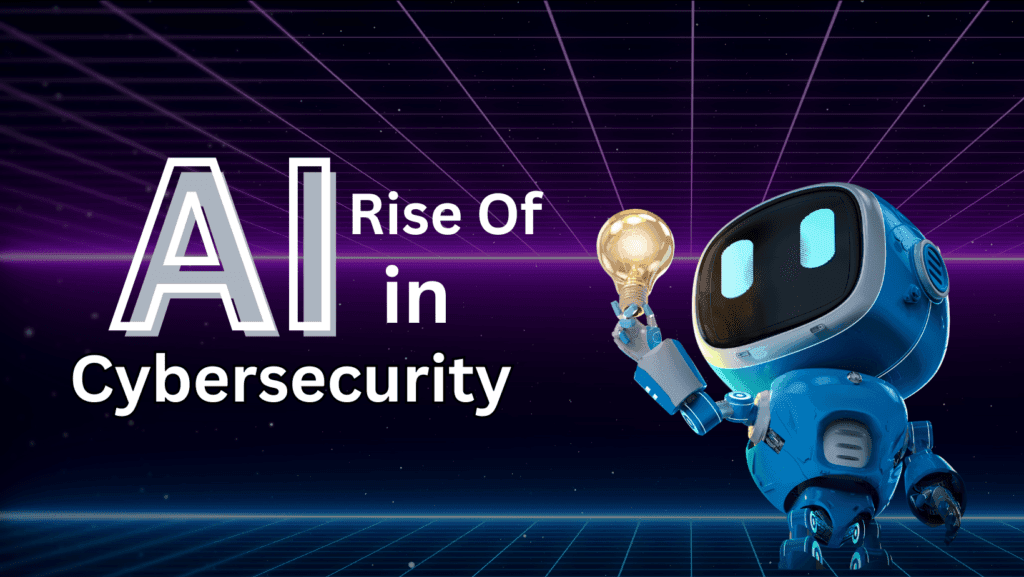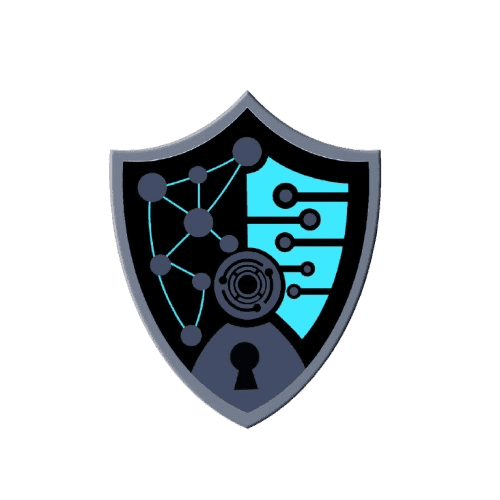The Rise of AI in Cybersecurity: Transforming the Defense Landscape

As cyber threats become increasingly sophisticated, traditional security measures are often inadequate to protect against the evolving landscape of cybercrime. Enter artificial intelligence (AI), a game-changing technology that’s revolutionizing the field of cybersecurity. In this blog, we’ll explore how AI is shaping cybersecurity, the benefits it brings, and the challenges it poses, all while incorporating essential SEO strategies and keywords to enhance visibility.
Why AI is Crucial in Cybersecurity
Keywords: AI in cybersecurity, machine learning, threat detection
The digital world is growing exponentially, leading to a surge in data generation and, consequently, an increase in cyber threats. Traditional methods of threat detection and response can be slow and ineffective. Here’s why AI is becoming indispensable:
- Speed and Efficiency: AI can analyze vast amounts of data at incredible speeds, identifying threats in real-time.
- Advanced Threat Detection: Machine learning algorithms can recognize patterns and anomalies that may indicate a cyber attack, even if they are previously unknown.
- Automation: AI automates routine security tasks, allowing cybersecurity professionals to focus on more complex issues.
How AI is Transforming Cybersecurity
1. Enhanced Threat Intelligence
Keywords: threat intelligence, AI analytics, predictive security
AI systems can gather and analyze threat intelligence from various sources, providing organizations with insights into potential vulnerabilities and emerging threats. Predictive analytics can help anticipate attacks before they happen, enabling proactive defense measures.
2. Automated Response Systems
Keywords: automated incident response, AI security tools
With AI-driven automated response systems, organizations can quickly react to threats without human intervention. These systems can isolate affected systems, block malicious traffic, and remediate vulnerabilities in real-time.
3. User Behavior Analytics (UBA)
Keywords: user behavior analytics, anomaly detection, insider threats
AI can monitor user behavior to establish a baseline of normal activity. By analyzing deviations from this baseline, organizations can detect insider threats and compromised accounts more effectively.
4. Phishing Detection
Keywords: AI phishing detection, email security, cyber threats
AI algorithms can analyze email content and metadata to identify potential phishing attempts. By detecting suspicious patterns and known indicators of phishing, organizations can reduce the risk of falling victim to such attacks.
5. Vulnerability Management
Keywords: vulnerability assessment, AI scanning tools, security audits
AI-powered tools can automate vulnerability assessments by scanning networks and applications for weaknesses. This proactive approach enables organizations to address security gaps before they can be exploited.
Challenges of Integrating AI in Cybersecurity
While AI offers significant advantages, it also presents challenges:
False Positives: AI systems can sometimes flag legitimate activity as suspicious, leading to unnecessary alerts and wasted resources.
Data Privacy Concerns: The use of AI in cybersecurity raises questions about data privacy and compliance with regulations like GDPR.
Skill Gap: Implementing AI solutions requires skilled professionals who understand both cybersecurity and AI technologies, creating a talent shortage.
Adversarial Attacks: Cybercriminals are also leveraging AI to develop more sophisticated attacks, creating an ongoing arms race between defenders and attackers.
Future of AI in Cybersecurity
Keywords: future trends, cybersecurity innovations, AI developments
As technology continues to evolve, AI will play an increasingly critical role in cybersecurity. Future developments may include:
- More Robust AI Algorithms: Continued improvements in machine learning algorithms will enhance threat detection capabilities.
- Collaboration Between AI and Humans: Effective cybersecurity will rely on a combination of AI efficiency and human expertise.
- Greater Integration: AI will be integrated into more security tools, making it accessible for organizations of all sizes.
Conclusion
The rise of AI in cybersecurity is transforming how organizations defend against cyber threats. By enhancing threat detection, automating responses, and improving vulnerability management, AI is becoming an essential tool in the cybersecurity arsenal. However, it’s crucial to address the challenges that come with its integration to fully harness its potential.
Keywords for SEO:
- AI in cybersecurity
- machine learning in security
- threat detection technologies
- cybersecurity automation
- future of AI in cybersecurity
By focusing on these keywords and themes, you can position your blog to attract readers interested in the evolving relationship between AI and cybersecurity. Stay vigilant and proactive, as the future of cybersecurity is not just about defense—it’s about intelligent defense.
